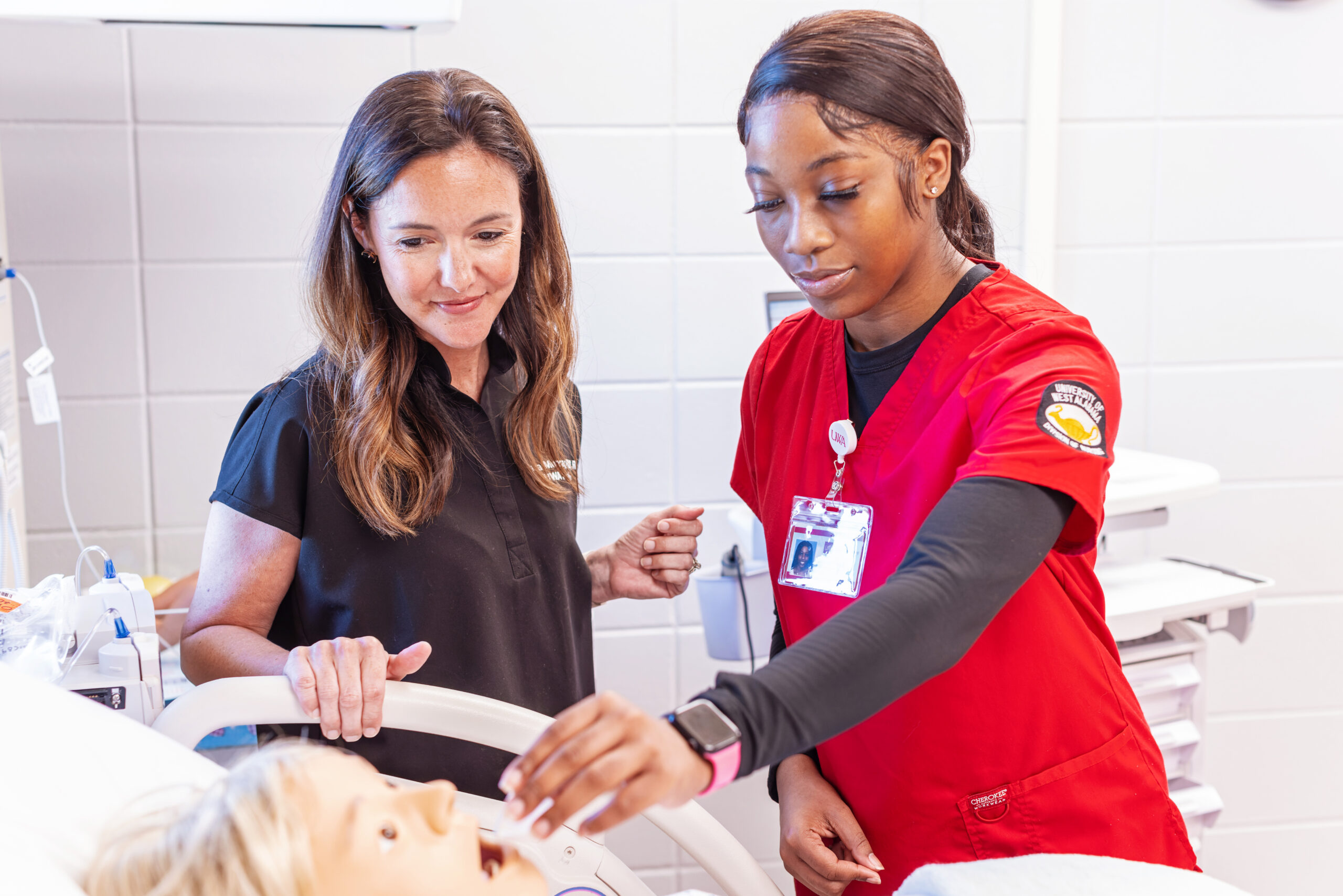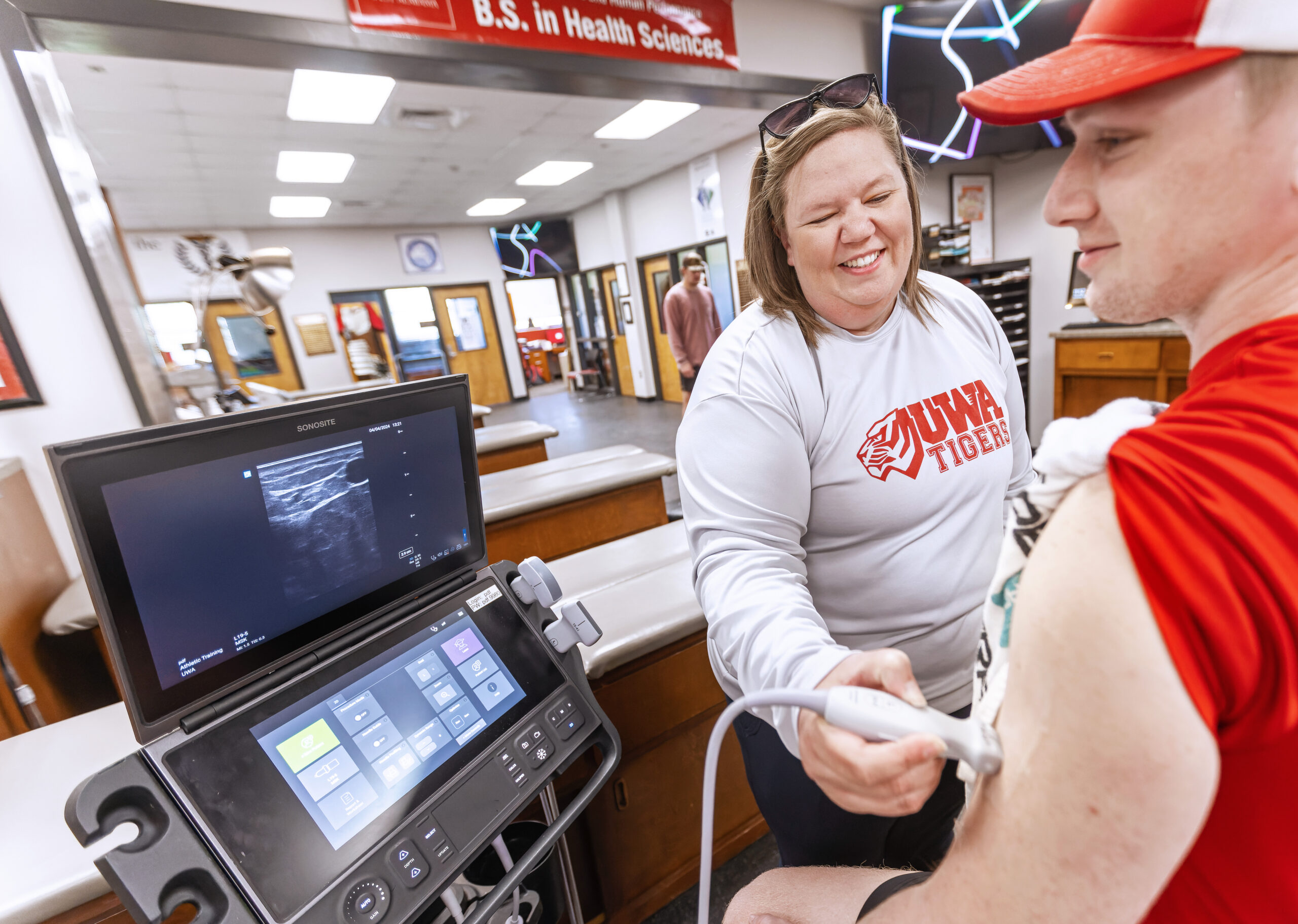2026-2030 Strategic Plan
The 2026-2030 Strategic Plan outlines UWA’s vision for the future, guided by a clear timeline for development and implementation. At every step, transparency and engagement ensure that the plan reflects the collective aspirations of the university community. Stakeholders are encouraged to participate in shaping the university’s direction, strengthening our mission and impact for years to come.
2026-2030 Strategic Plan Feedback Form
The University of West Alabama values your input in the process of developing a new strategic plan. This brief feedback form consists of only four questions and should take just a few minutes to complete. Your insights will play a crucial role in identifying key themes that will guide the university’s future direction. We sincerely appreciate your time and participation—your feedback is essential in shaping a strategic plan that reflects the needs and aspirations of our university community.

Timeline for Implementation
Preparation
January – March 2024
The initial phase focuses on laying the groundwork for the strategic planning process. This includes forming planning committees, defining objectives, gathering relevant background information, and establishing a roadmap for the overall process.
Data Collection and Analysis
March – November 2024
During this phase, data is gathered from internal and external sources to assess the university’s strengths, challenges, and opportunities. Stakeholder input, institutional performance metrics, and industry trends are analyzed to inform strategic priorities.
Strategic Planning Workshops and Retreats
January – April 2025
Leadership teams, faculty, staff, students, and other stakeholders participate in collaborative workshops and retreats to refine key goals and initiatives. These sessions help shape the direction of the strategic plan by fostering engagement and collective decision-making.
Drafting the Plan
May – July 2025
Based on insights from data analysis and stakeholder input, a draft version of the strategic plan is developed. This document outlines goals, strategies, and performance indicators that will guide the university over the 2026-2030 period.
Approval and Finalization
August – September 2025
The draft plan undergoes final revisions and is submitted for approval by university leadership and governing bodies. Once approved, the finalized strategic plan is officially adopted.
Implementation
January 2026
The university begins executing the strategic initiatives outlined in the plan. Resources are allocated, teams are mobilized, and key performance measures are put in place to ensure effective implementation.
Evaluation and Adjustment
Ongoing
Continuous assessment mechanisms are established to monitor progress, measure impact, and make necessary adjustments. The strategic plan remains a living document, evolving in response to new challenges, opportunities, and institutional needs.
Methodology
The Sanaghan Model
The Sanaghan Model for Collaborative Strategic Planning is a structured, participatory approach that emphasizes stakeholder engagement, transparency, and shared leadership. This model ensures that strategic planning is both inclusive and adaptable, fostering a sense of collective ownership across the institution. This structured approach integrates broad-based participation with data-driven decision-making, ensuring that UWA’s strategic plan reflects the needs and aspirations of its community. By fostering collaboration and adaptability, the model enables the university to remain responsive to challenges and opportunities while advancing its long-term mission.
Progress Updates
The University of West Alabama is committed to a transparent and collaborative approach in developing the 2026-2030 Strategic Plan. Below are key milestones in the planning process:
- Presidential Council Strategic Foresight Meeting – Leadership discussions set the foundation for the strategic planning process.
- Approval of the Sanaghan Model – The Strategic Planning (SP) Committee officially adopted the Sanaghan Model as the framework for developing the plan.
- Stakeholder Identification – Key groups, including faculty, staff, students, community members, local business leaders, and public officials, were identified for engagement.
- Approval of Data-Gathering Questions – The SP Committee finalized the questions to be used in the Carousel Data Gathering exercise.
- Formation of Sub-Committees – Sub-groups within the SP Committee were established to facilitate stakeholder engagement and data collection.
- Facilitator Training – SP Committee members underwent training to effectively implement the Carousel Model for data gathering.
- Stakeholder Engagement Sessions – Sub-groups conducted data-gathering sessions, collecting insights from faculty, staff, students, community members, business leaders, and local officials.
Next Steps
- Strategic Planning Survey Distribution – A university-wide survey is shared with all stakeholders to gather broad input on key priorities and themes.
- Concept Paper Development – SP Committee members are assigned to sub-groups and tasked with developing brief concept papers focused on the top themes identified during data collection.
- Presidential Council Vision Conference – A facilitated session where university leadership refines the strategic vision based on gathered insights and emerging themes.








